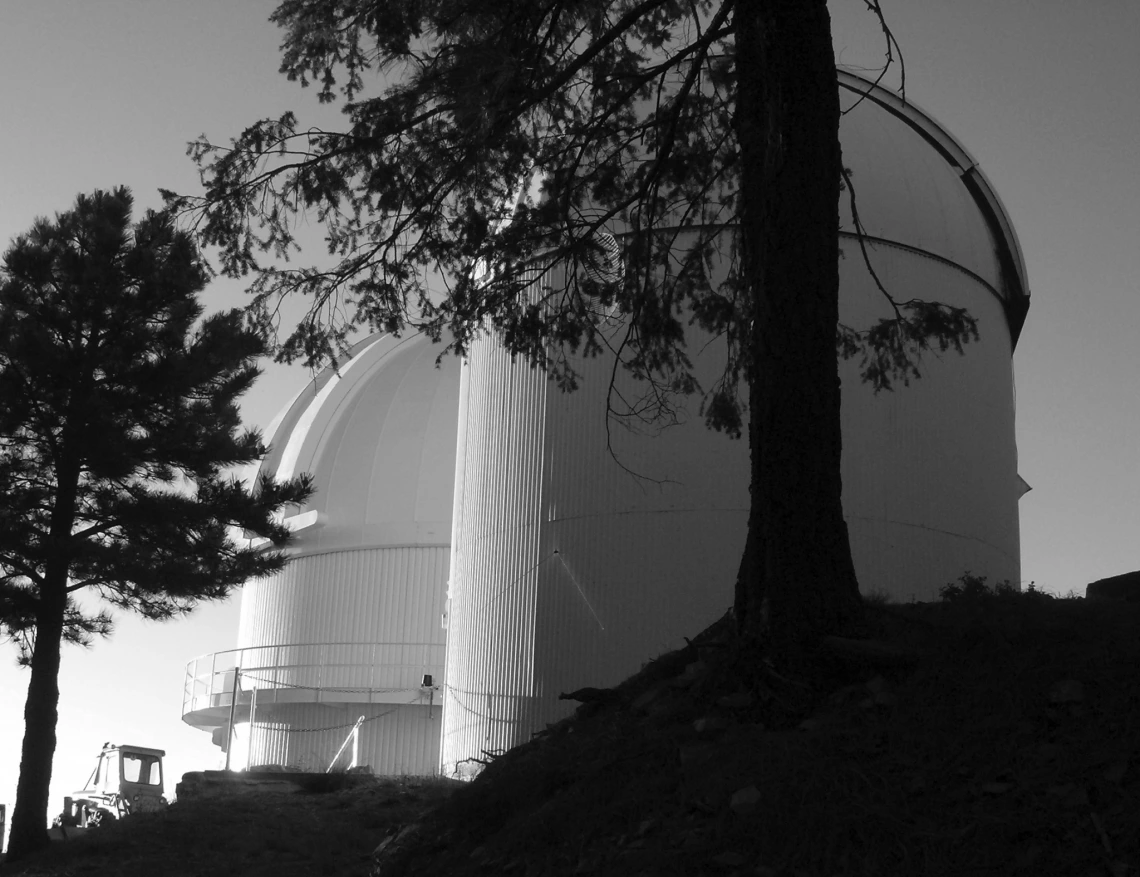
When
Where
Special Collections joins with The University of Arizona Press and the Lunar and Planetary Laboratory in hosting an all-star panel featuring groundbreaking scientists Peter Smith, Ewen Whitaker, and William Hartmann. The panel will be moderated by NPR science and technology reporter Melissa Sevigny, author of Under Desert Skies, with opening remarks from LPL’s Tim Swindle. A reception follows the presentation. Watch this video to learn more our collaboration.
Peter H. Smith is a Professor Emeritus at the Lunar and Planetary Laboratory of the University of Arizona, where he holds the inaugural Thomas R. Brown Distinguished Chair in Integrative Science.He is also the principal investigator for the $420 million robotic explorer Phoenix which landed at the north pole of the planet Mars on May 25, 2008.
Ewen A. Whitaker is a British-born astronomer recognized as a leading expert on lunar mapping. He began working with Dr. Gerard Kuiper in the 1950’s and followed him to the University of Arizona to help found the Lunar and Planetary Laboratory in 1960. His research on the moon was crucial to the development of the manned lunar space program.
William K. Hartmann is internationally known as a scientist, writer, and painter. He is a founder of the Planetary Science Institute, a non-profit corporation and the largest employer of planetary scientists in the world. He has published widely on aspects of the Southwest, including his book Desert Heart, and a novel, Cities of Gold. Hartmann is also the recipient of the first Carl Sagan medal, given by the American Astronomical Society for popular presentation of scholarly research.
Melissa L. Sevigny grew up in Tucson, Arizona, with a deep love of the geology, ecology, and the clear desert skies of the Southwest. She is science and technology reporter for KNAU (Arizona Public Radio) in Flagstaff. Minor Planet (15624) Lamberton is named in her honor.
Under Desert Skies describes how a small lunar-and planetary-focused laboratory at the University of Arizona forged the field of planetary science at a time when few people studied the solar system. Spanning six decades, the book records the stories of the scientists who, with telescopes and spacecraft, transformed single points of lights into worlds that we can see, touch, study, and compare to Earth.
